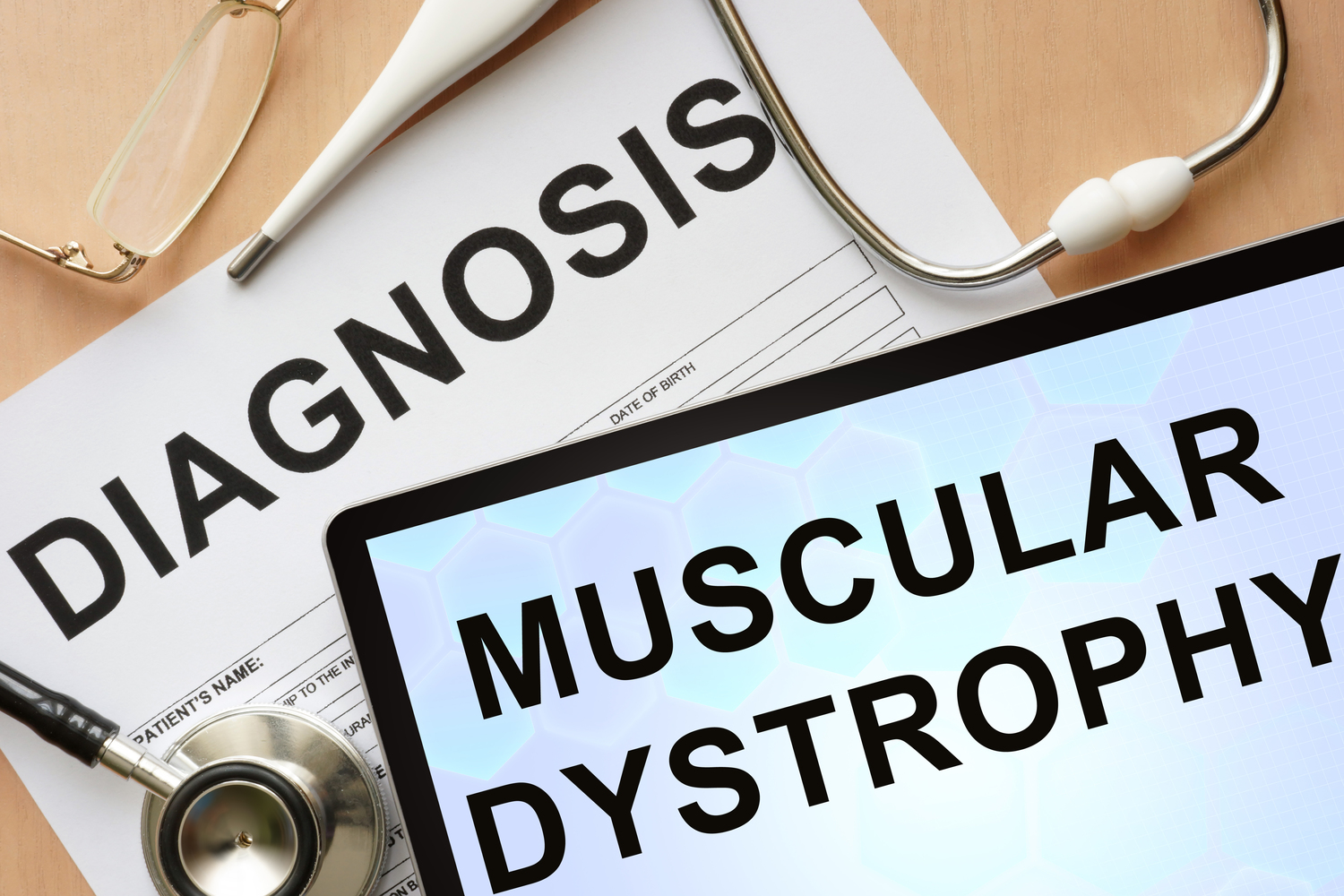
Treatment Options for Muscular Dystrophy
Muscular dystrophy is a rare and life threatening muscle-weakening disorder and almost 15000 citizens are affected by this condition. Currently, there is no cure or treatment for any form of muscular dystrophy. The goal of treatment is to prevent or reduce problems that arise in the joints and spine and allows people suffering from muscular dystrophy to remain mobile as long as possible.
The various treatment options currently available to treat muscular dystrophy include the following:
1. Medication
The first medication approved by the Food and Drug Administration (FDA) specifically to treat muscular dystrophy is Eteplirsen (Exondys–51). It was conditionally approved in 2016 and is being constantly evaluated since. Though this medication seems safe, the side effects of this medicine is still not clear. Though not a cure for muscular dystrophy, it is said to increase muscle strength in those who are being treated with the medicine. The medicine acts on certain gene variance that affects 1 in 7 people with muscular dystrophy.
To help muscle strength and delay the progression of certain types of muscular dystrophy, it is said that corticosteroids such as Prednisone are useful but excessive use of corticosteroids can lead to weight gain, weakened bones and increased risk of fracture.
In the case of heart damages due to muscular dystrophy, heart medications such as angiotensin-converting enzyme (ACE) inhibitors or beta-blockers are recommended.
2. Stretching and range of motion exercises
Flexibility and mobility of joints are restricted due to muscular dystrophy. Often limbs draw inward and become fixed in that position. In such cases, the range of motion exercises helps to keep joints as flexible as possible.
3. Low impact exercise
It is ideal to do low impact aerobic exercises like walking and swimming. This helps maintain mobility, strength and general health. Strengthening exercises are also helpful but discussing the type of exercise with the physician is very important as certain exercise could be harmful.
4. Braces
To keep muscles and tendons stretched and flexible, braces are very useful. They also slow down the progression of contractures. Braces provide support for weakened muscles and also aid mobility and function.
5. Mobility aids
To maintain mobility and independence canes, walkers and wheelchairs are of great help.
6. Breathing assistance
People who suffer from muscular dystrophy also have respiratory muscle weakness. To tackle this issue a sleep apnea device could help improve oxygen delivery during the night. In cases with severe muscular dystrophy, there is a great need to use a ventilator which is a machine that forces air in and out of their lungs.
7. Surgery
In some extreme cases where people suffer from difficulty in breathing and other respiratory infections caused by it. Surgery may be the only solution that is needed to correct a spinal curvature that could eventually make breathing more difficult.
Treatment and care for muscular dystrophy vary. In most cases, there are no standard treatment recommendations but the Center for Disease Control and Prevention is working to develop recommendations so that everyone would receive quality healthcare.




